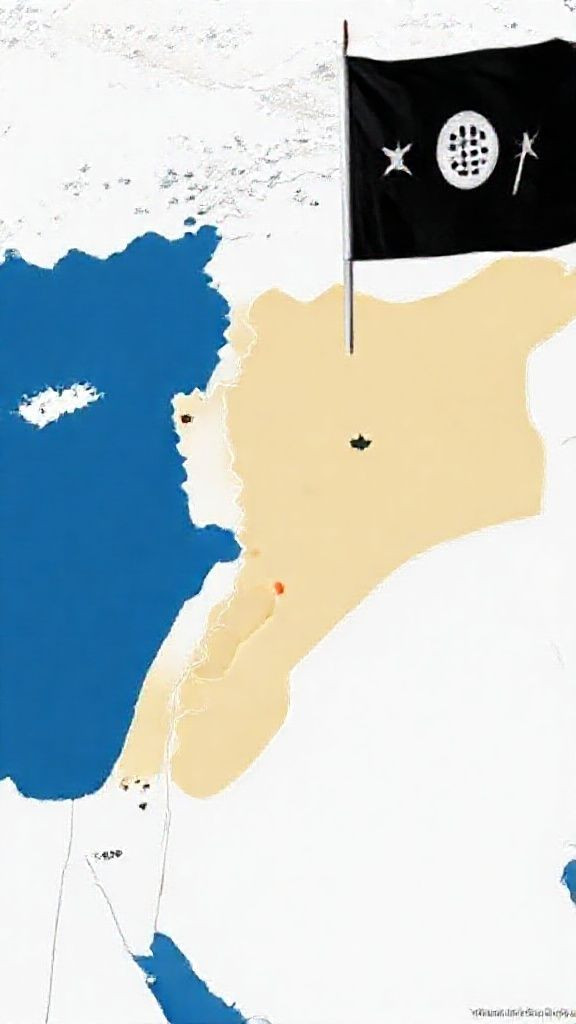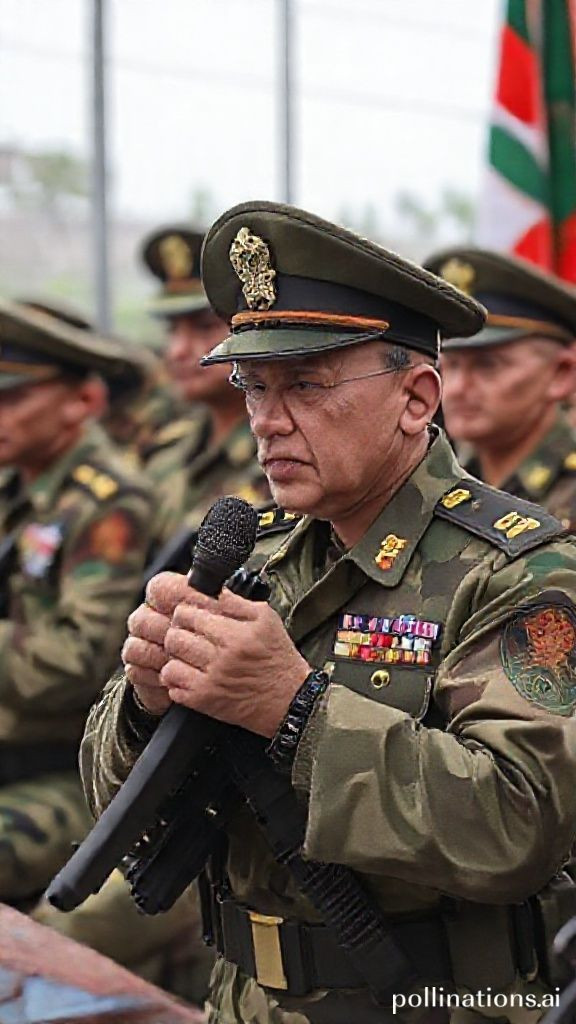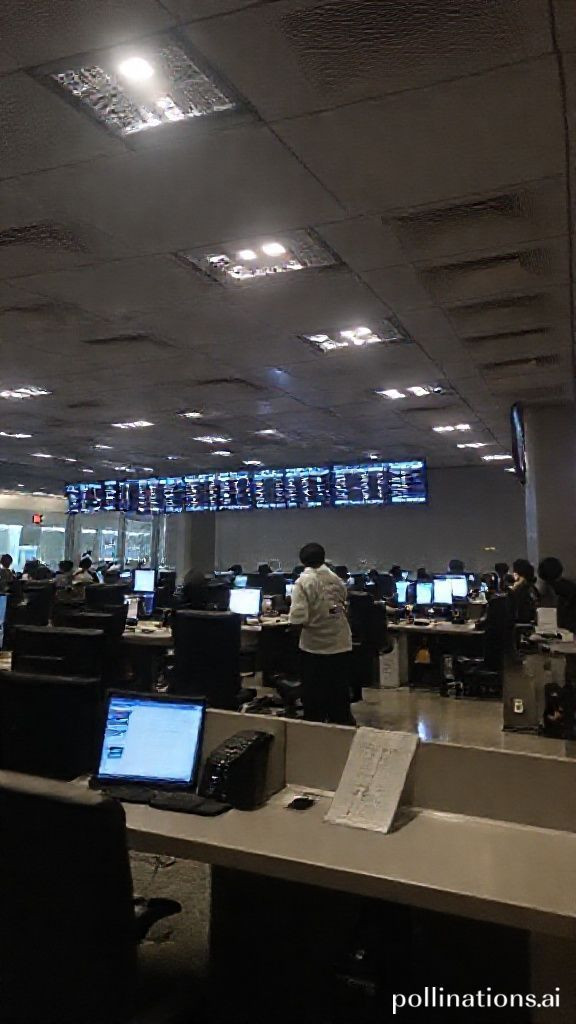
Navigating LOOK A Guide for Humanitarian Workers Professionals in 2025
Navigating LOOK A Guide for Humanitarian Workers Professionals in 2025
Navigating LOOK A Guide for Humanitarian Workers Professionals in 2025
As humanitarian workers professionals, it's crucial to stay ahead of the curve when responding to complex emergencies. In this guide, we'll delve into the world of LOOK (Loss, Ownership, Orientation, and Kindness) and provide practical advice on how to apply these principles in your work.
What is LOOK?
LOOK is a framework designed to help humanitarian workers professionals respond effectively to emergencies. It's built around four core principles Loss, Ownership, Orientation, and Kindness. These principles can be applied at the individual, team, and organizational levels to ensure that emergency responses are effective, efficient, and compassionate.
Loss Acknowledge and Accept
When responding to an emergency, it's essential to acknowledge and accept the loss that has occurred. This means recognizing the impact on individuals, communities, and organizations affected by the crisis. By acknowledging the loss, you can begin to build trust with those affected and create a foundation for effective communication.
To apply this principle, take time to reflect on the scope of the loss and its implications. Ask yourself
What has been lost?
Who has been impacted?
How will we prioritize our response efforts?
Ownership Empower and Engage
Empowering local actors, organizations, and communities is crucial in humanitarian responses. This means recognizing their ownership of the situation and engaging them in decision-making processes. By doing so, you can
Build trust and credibility
Leverage local knowledge and expertise
Increase the effectiveness of your response
To apply this principle, consider how you can empower local actors to take ownership of the response efforts. Ask yourself
Who are the key stakeholders?
How can we involve them in decision-making processes?
What resources do they need to take ownership?
Orientation Focus and Prioritize
In the chaos of an emergency, it's easy to get lost or unclear about priorities. The Orientation principle helps you focus on what matters most by
Identifying the critical needs
Setting clear objectives
Allocating resources effectively
To apply this principle, take time to orient yourself around the response efforts. Ask yourself
What are the immediate needs?
What are our short-term and long-term goals?
How will we allocate resources to achieve these goals?
Kindness Compassion and Empathy
Humanitarian responses can be complex and overwhelming, but it's essential to remember that kindness is a vital component of effective emergency response. This means showing compassion, empathy, and understanding towards those affected.
To apply this principle, reflect on how you can show kindness in your work. Ask yourself
How can we demonstrate empathy and compassion?
What small acts of kindness can we show?
How can we create a culture of kindness within our organization?
Putting LOOK into Practice
To navigate the complexities of emergency responses, it's essential to put the LOOK principles into practice. Here are some tips to get you started
1. Start with Loss Take time to acknowledge and accept the loss that has occurred.
2. Emphasize Ownership Empower local actors, organizations, and communities to take ownership of the response efforts.
3. Focus on Orientation Identify critical needs, set clear objectives, and allocate resources effectively.
4. Show Kindness Demonstrate compassion, empathy, and understanding towards those affected.
By applying these LOOK principles, you'll be better equipped to navigate complex emergency responses and provide effective support to those in need.
Conclusion
Navigating the complexities of humanitarian work requires a deep understanding of the LOOK principles. By acknowledging loss, empowering local actors, focusing on orientation, and showing kindness, you can create a foundation for effective emergency response. Remember to reflect on these principles and ask yourself the questions posed throughout this guide. With practice and application, you'll be well-equipped to navigate the challenges of 2025 and beyond.
Additional Resources
For more information on LOOK and humanitarian responses, check out the following resources
International Federation of Red Cross and Red Crescent Societies (IFRC)
United Nations High Commissioner for Refugees (UNHCR)
World Health Organization (WHO)
Keywords
Humanitarian workers
Emergency response
LOOK framework
Loss
Ownership
Orientation
Kindness





